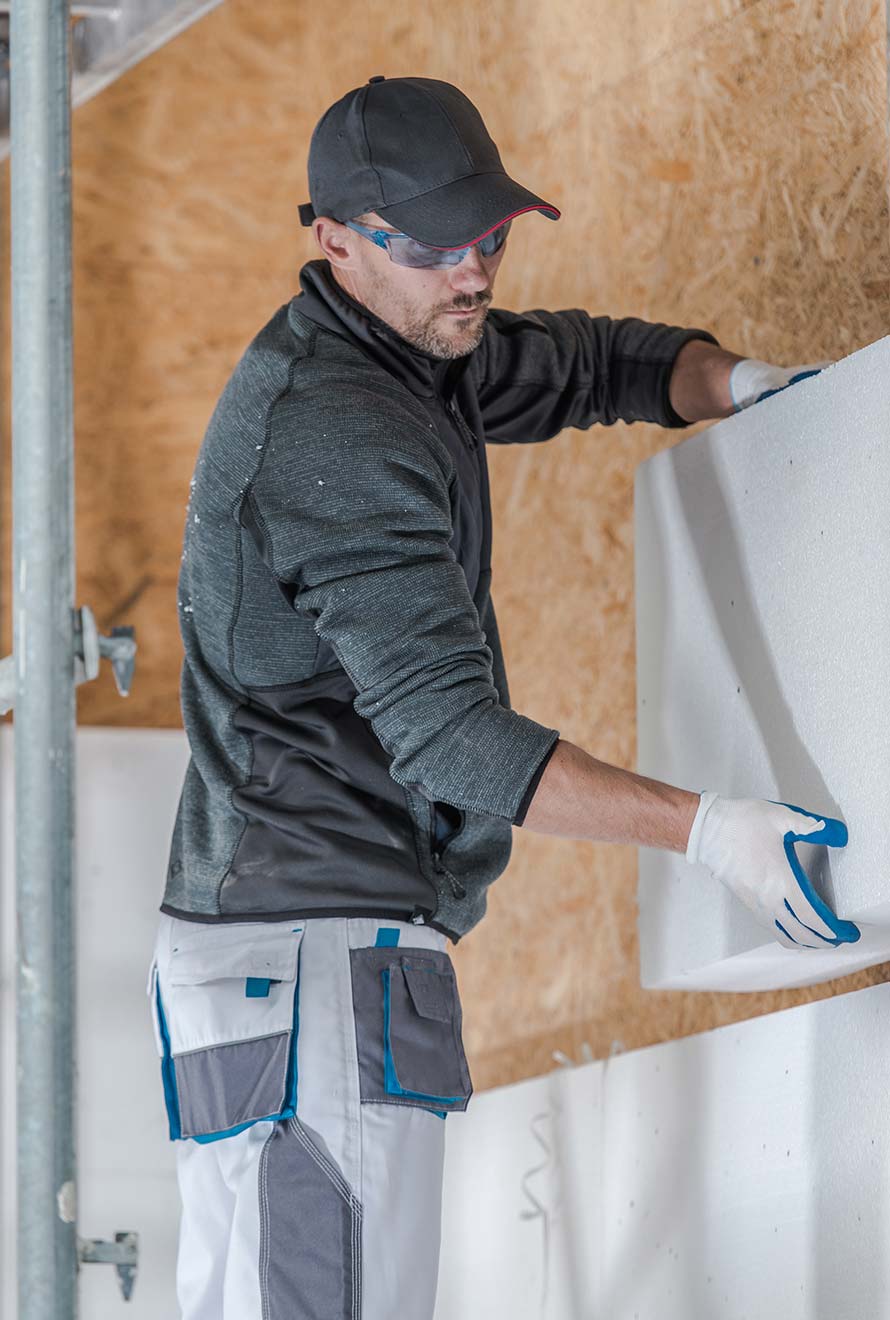Auckland Insulation Experts
We are a family run company that has been around servicing the Auckland region for more than 30 years. We pride ourselves on our customer services and work ethics.

We are a family run company that has been around servicing the Auckland region for more than 30 years. We pride ourselves on our customer services and work ethics.
We can also source your preferred insulation product. Our friendly team of experts will give you all the information you need to make an informed decision.

Energy savings, health and comfort.
Insulating your home will save energy and provide a healthier and more comfortable indoor environment. The heat captured from the sun or generated by your heater needs to be stopped from escaping through walls, ceilings and floors. Insulated surfaces are warmer. Condensation is less likely to form so there is less mould and mildew. In summer insulation will keep the heat out, making your home cooler. Insulation will provide a more even temperature year-round.
The initial investment of installing higher insulation than the Building Code prescribes will pay off over time because you save money in energy bills. Older homes often have little or no insulation but they can be retrofitted, making them much more comfortable and saving energy for heating. The payback period for installing ceiling insulation, for example, is about 5 years in the Auckland climate. However, the main motivation behind installing insulation is often the added comfort and warmth, rather than financial savings.
Most insulation works by trapping air in cavities. The smaller the cavities of trapped air, the better the insulation material will work. Good examples in nature are animal shelters, such as bird’s nests, which have the ability to keep eggs and young birds at an even temperature in extreme weather conditions. The birds themselves have an added layer of insulation provided by their feathers. Humans have learned from nature’s example and clothes have been used for thousands of years to provide warmth.
We can insulate our homes by providing cavities of still air, such as in wall insulation or double-glazing. This reduces heat transfer because air is a poor conductor of heat. Another method is to use surfaces that reflect heat, such as silver foil behind radiators.
The main heat loss in an un-insulated home is through the ceiling (42%). Walls also loose a significant amount of heat, but they are difficult to retrofit with insulation, without removing the internal lining. Floors only loose 10% of heat, but they are easy to insulate and worth doing especially with exposed wooden floors.
It is also a good idea to have a look at your habits and preferences. If, for example, you leave curtains open at night to enjoy the view, double-glazing might be appropriate. Or if your family likes to go barefoot in the middle of winter, under-floor insulation becomes important.
Different houses need different types of insulation. Where heat is stored in the thermal mass of a building it is important to install the insulation on the correct side of the mass. A concrete floor used for heat storage needs to have the insulation underneath, not on top. Generally a mixture of heavy materials, for heat storage, and light materials, that are well insulated, is best.
The ability of a material to insulate is measured as thermal resistance, or R-value. The higher the R-value the better is the insulation. K- value is another measure sometimes used – this is the thermal conductivity of a material. The R-value increases with the thickness of a material, but the K-value doesn’t.
R = x/K (where x is the thickness of the material in metres.
The Building Code prescribes a minimum insulation level for new buildings and major renovations – NZS 4218:2004, which has slightly higher values. This standard should be seen as the absolute minimum and we recommend that you insulate to higher R-values.
Generally under the new standards, the minimum R-value is 2.2 for walls, 3.2 for ceilings, 1.4 for under-floor. However, this can vary due to whether there is double glazing, or because of the type of construction methods used. The responsibility now rests with the architect who supplies a calculation to support building consent.
The best insulation material can be ineffective if it is installed poorly. How well your insulation is fitted is important, because heat can escape through small gaps or by thermal bridging. Thermal bridging occurs when a material with lower thermal resistance allows the heat to by-pass the insulation. One example is stud framing, which has a lower thermal resistance than insulation. Heat passes through the framing at a faster rate than it does through the batts in the spaces between.